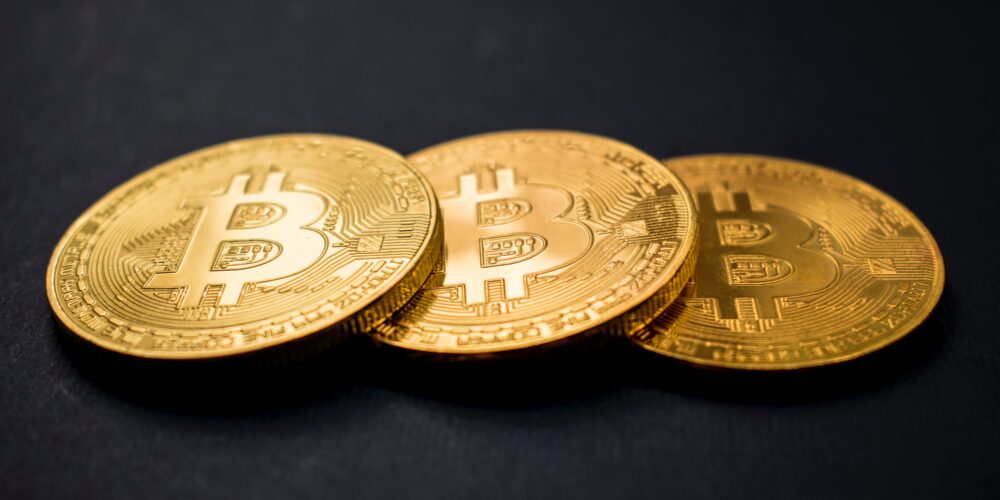On-chain
On-chain refers to transactions that occur directly on a blockchain network. In the world of cryptocurrencies, on-chain activities involve sending, receiving, or storing digital assets on the blockchain itself, as opposed to off-chain activities that occur outside of the main blockchain.
How On-chain Transactions Work
When a transaction is executed on-chain, it is recorded on the blockchain in a transparent and immutable manner. This means that the transaction details are stored in blocks of data that are linked together using cryptographic principles, creating a secure and tamper-proof record of all on-chain activities.
Benefits of On-chain Transactions
On-chain transactions offer several advantages, including increased security, transparency, and decentralization. Since all on-chain transactions are publicly viewable on the blockchain, they can be easily audited and traced back to their origins, providing a high level of accountability.
Furthermore, on-chain transactions are processed by the network’s nodes through a consensus mechanism, ensuring that no single entity has control over the transaction validation process. This decentralized approach helps to prevent fraud, censorship, and manipulation of transactions.
Challenges of On-chain Transactions
While on-chain transactions offer robust security and transparency, they can also face challenges such as scalability and speed. As blockchain networks grow in size and usage, the increasing number of transactions can lead to congestion and slower processing times.
Additionally, the public nature of on-chain transactions may raise privacy concerns for some users who prefer to keep their financial activities confidential. This has led to the development of privacy-focused cryptocurrencies and technologies that aim to enhance user anonymity on the blockchain.
Examples of On-chain Activities
On-chain activities extend beyond simple transactions and can include a wide range of operations such as smart contract executions, token transfers, decentralized finance (DeFi) interactions, and more. These activities form the backbone of the cryptocurrency ecosystem, enabling seamless peer-to-peer transactions and innovative decentralized applications.
In conclusion, on-chain transactions play a crucial role in the world of cryptocurrencies by providing a secure, transparent, and decentralized way to transfer and store digital assets. As blockchain technology continues to evolve, on-chain activities are expected to become even more efficient and user-friendly, shaping the future of finance and digital interaction.






